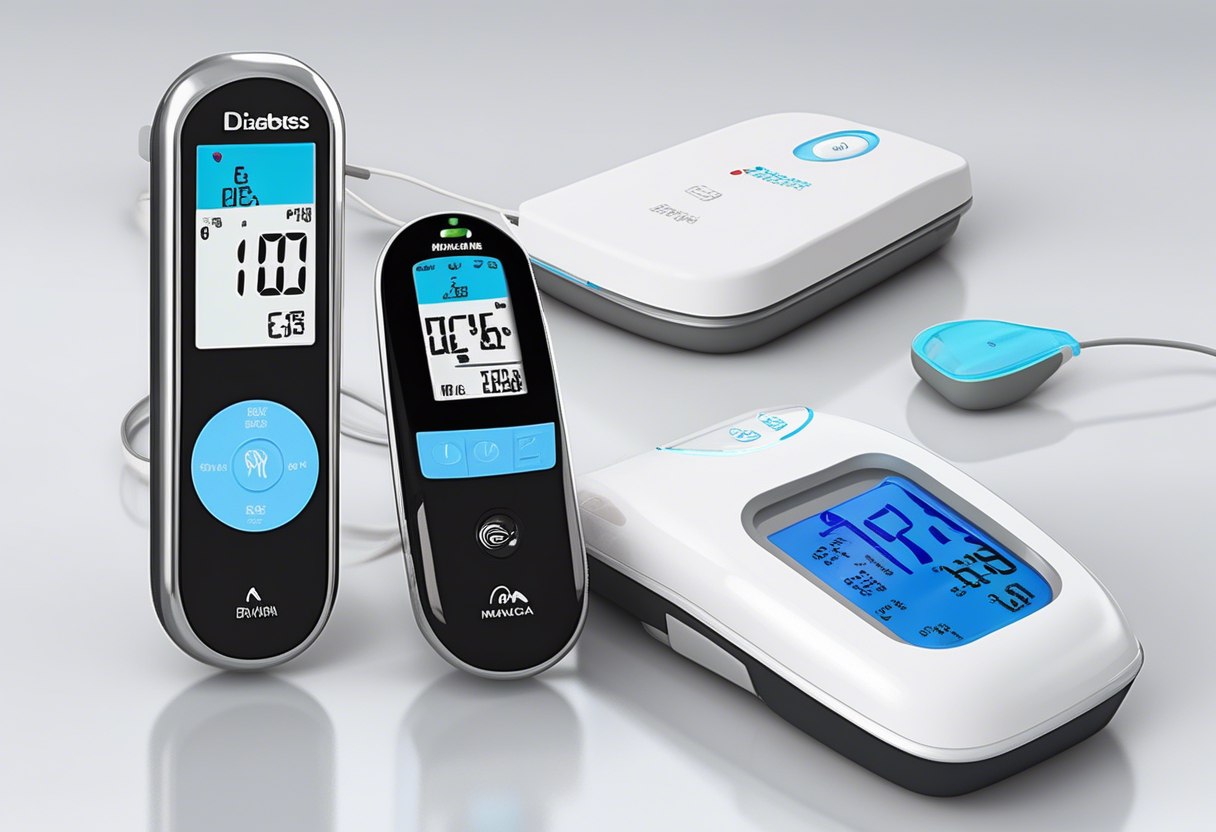Insurance-Covered Diabetes Management Devices Unveiled
Diabetes management has seen significant advancements over the years, with technology playing a pivotal role in improving the quality of life for millions of individuals worldwide. The recent unveiling of insurance-covered diabetes management devices marks a significant milestone in making these life-saving tools more accessible. This development not only alleviates financial burdens but also ensures that patients receive the most effective care possible.

The Growing Burden of Diabetes
Diabetes affects over 37 million people in the United States alone, with approximately 1.5 million new cases diagnosed each year1. The chronic nature of diabetes necessitates continuous monitoring and management to prevent complications such as cardiovascular disease, neuropathy, and retinopathy. The financial burden associated with diabetes management is substantial, with the American Diabetes Association estimating the total cost of diagnosed diabetes at $327 billion annually2.
Types of Diabetes Management Devices
Diabetes management devices primarily include continuous glucose monitors (CGMs), insulin pumps, and smart insulin pens.
- Continuous Glucose Monitors (CGMs): These devices provide real-time data on blood glucose levels, allowing for precise monitoring and timely interventions. Popular models include the Dexcom G6 and the FreeStyle Libre.
- Insulin Pumps: These devices deliver insulin in a continuous flow, mimicking the body's natural insulin release. The Medtronic MiniMed and the Tandem t:slim X2 are among the leading models.
- Smart Insulin Pens: These pens help manage insulin delivery with precision and can connect to apps for tracking doses and timing. The InPen by Companion Medical is one notable example.
Insurance Coverage and Its Impact
The inclusion of diabetes management devices under insurance coverage is transformative. Previously, the high cost of these devices meant that many patients had to rely on less effective methods of glucose monitoring and insulin administration. With insurance coverage, patients can now access advanced technology without the prohibitive out-of-pocket expenses. For instance, the average cost of a CGM system can range from $1,000 to $3,000 per year, while insulin pumps can cost upwards of $6,0003.
Benefits of Insurance-Covered Devices
The benefits of having diabetes management devices covered by insurance are multifaceted:
- Improved Health Outcomes: With continuous monitoring, patients can better manage their blood glucose levels, reducing the risk of complications.
- Economic Relief: Patients save significantly on medical expenses, allowing them to allocate resources to other areas of their health and well-being.
- Enhanced Quality of Life: The convenience and accuracy of these devices enable patients to live more active and worry-free lives.
Challenges and Considerations
While the inclusion of these devices under insurance is a positive step, challenges remain. Not all insurance plans cover every available device, and coverage can vary significantly between providers. Additionally, patients must navigate the complexities of insurance claims and approvals, which can be time-consuming and frustrating. Ensuring widespread education about these devices and their coverage is vital for maximizing their benefits.
The unveiling of insurance-covered diabetes management devices represents a significant advancement in healthcare accessibility. By removing financial barriers, patients are empowered to take control of their health with the aid of cutting-edge technology. As more insurance providers recognize the value of these devices, it is expected that their adoption will increase, leading to better health outcomes and a higher quality of life for those living with diabetes.